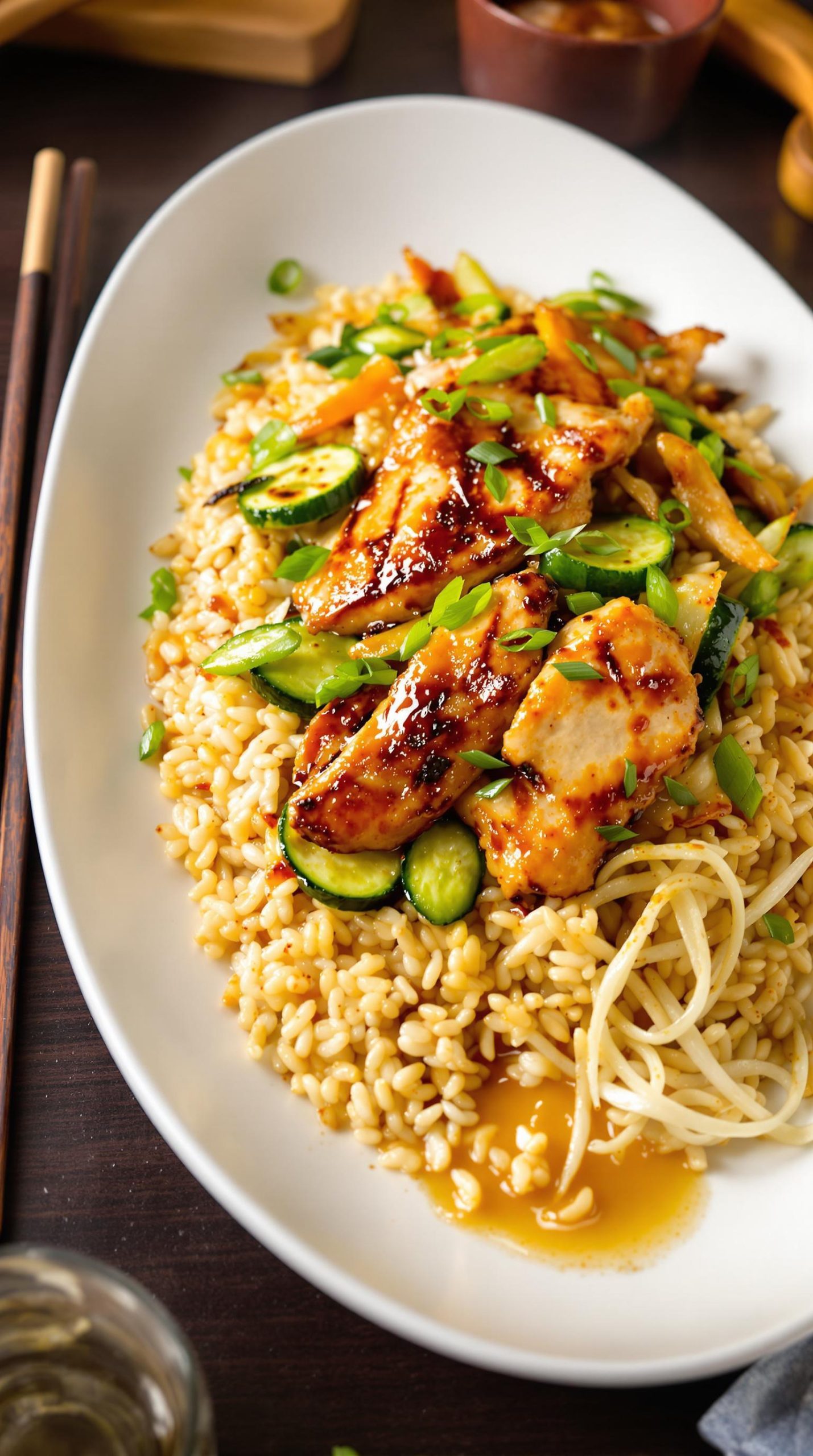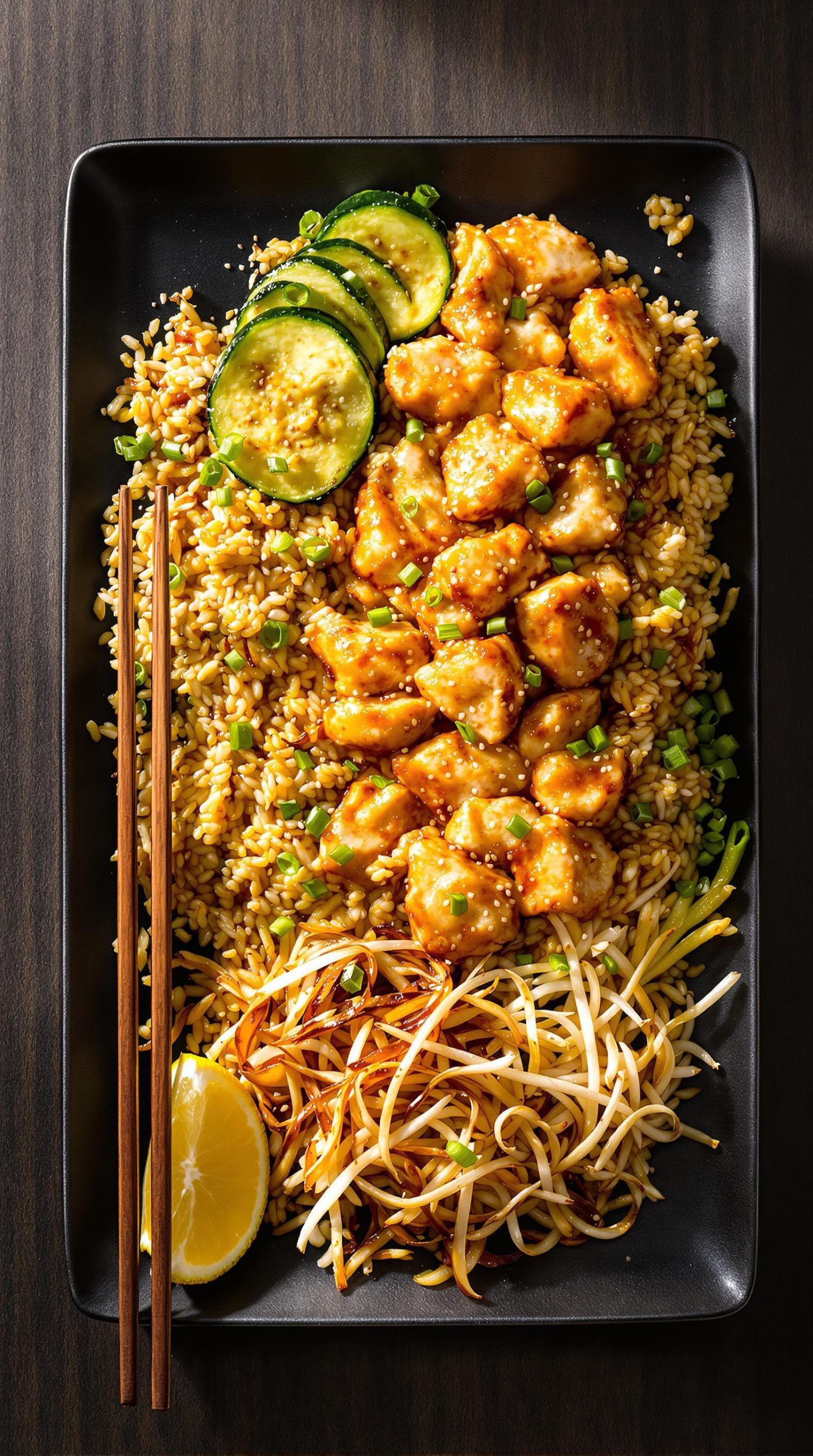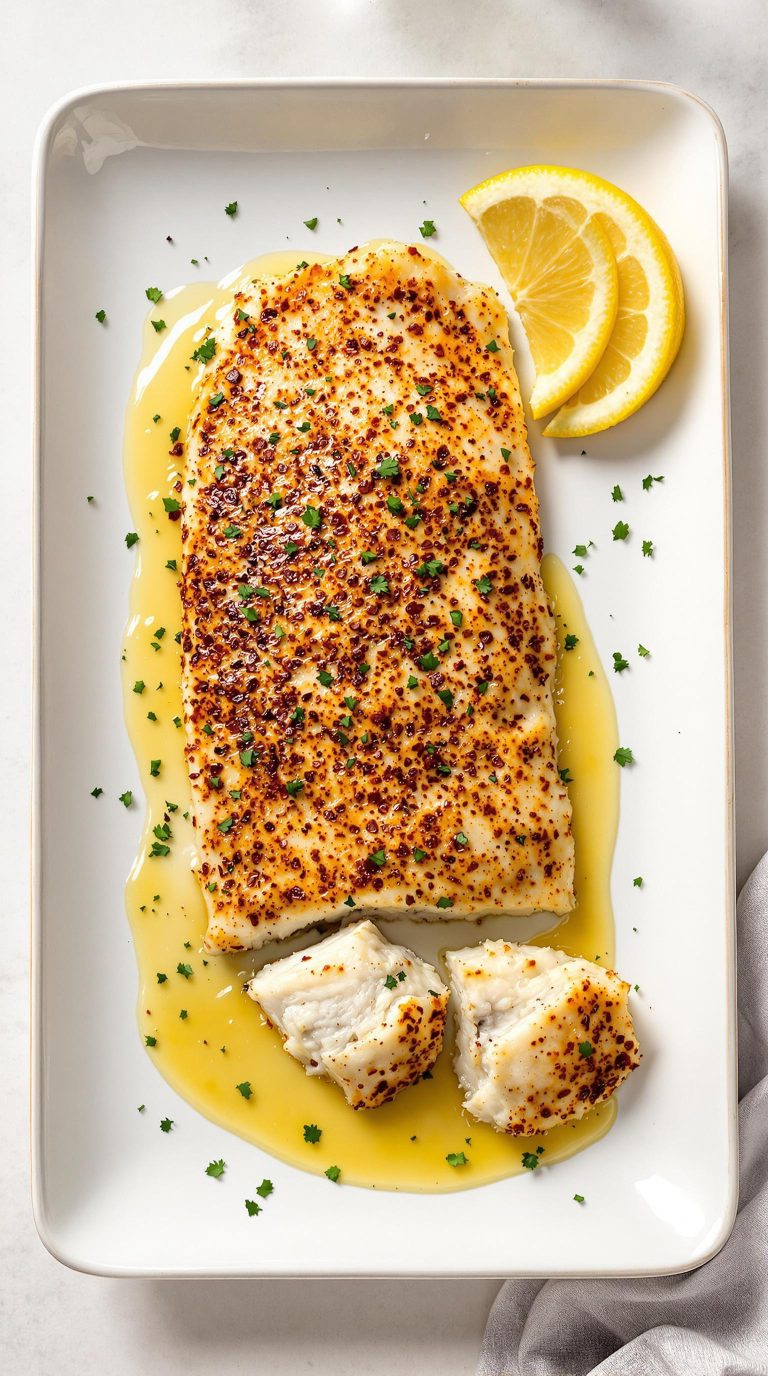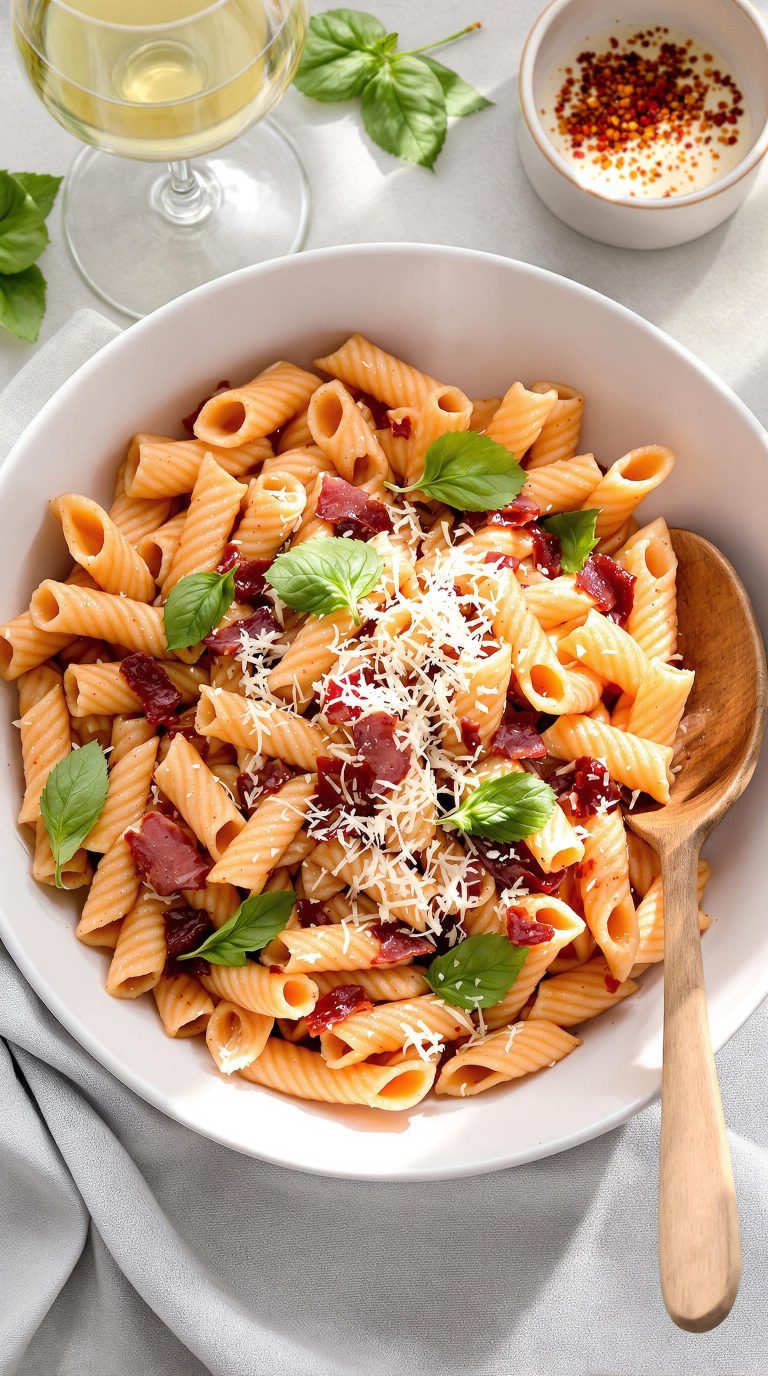Why You’ll Love this Japanese Hibachi Chicken & Rice
Sizzling skillets and savory aromas await with this Japanese hibachi chicken and rice recipe. I’m absolutely convinced you’ll fall in love with this restaurant-quality meal that you can create right in your kitchen.
The combination of tender chicken, perfectly seasoned vegetables, and buttery fried rice delivers that authentic hibachi experience without the hefty price tag. Can you imagine impressing your dinner guests with this showstopper?
What makes this recipe truly special is its versatility. Don’t have zucchini? Swap in your favorite veggies.
Plus, the simple ingredients are probably already in your pantry, making this an achievable weeknight dinner that feels like a special treat.
What Ingredients are in Japanese Hibachi Chicken & Rice?
Creating the perfect Japanese hibachi chicken and rice at home requires gathering a variety of flavorful ingredients that work together to recreate that restaurant-style magic. The beauty of hibachi cooking lies in its perfect harmony of protein, vegetables, and rice, all enhanced with those signature savory sauces and seasonings.
Once you’ve assembled everything, you’ll be ready to transform your kitchen into your very own hibachi grill experience.
For the Hibachi Chicken:
- 1-1½ pounds chicken breast, cut into bite-sized pieces
- 1 tablespoon vegetable oil
- ½ teaspoon sesame seed oil
- 1 tablespoon butter
- 3 tablespoons soy sauce
- 2 teaspoons fresh lemon juice
- Salt and pepper to taste
For the Hibachi Vegetables:
- 1 tablespoon vegetable oil
- ½ teaspoon sesame seed oil
- 1 large white onion, sliced into slivers
- 1 large zucchini, quartered
- 1 tablespoon butter
- 2 tablespoons soy sauce
- Salt and pepper to taste
For the Hibachi Fried Rice:
- 4 cups cooked rice (cooled to the touch)
- 2 tablespoons vegetable oil
- ½ cup white onion, chopped
- 1 cup bean sprouts
- 2 large eggs
- 4 tablespoons butter
- 4 tablespoons soy sauce
For the Hibachi Bean Sprouts:
- 1 tablespoon butter
- 1 tablespoon soy sauce
- 3 cups bean sprouts
Don’t worry if you’re missing a few items—hibachi cooking welcomes substitutions. Can’t find bean sprouts? Snow peas or thinly sliced cabbage can work in a pinch.
And while the recipe calls for zucchini, feel free to incorporate other vegetables like mushrooms, broccoli, or carrots. The most important components are the aromatic combination of sesame oil, butter, and soy sauce, which gives hibachi its distinctive flavor profile.
Oh, and a quick tip about the rice—day-old, cold rice works best for frying, as freshly cooked rice can become mushy.
How to Make this Japanese Hibachi Chicken & Rice

Creating restaurant-style hibachi at home is simpler than you might think. The secret to success lies in preparation and timing. Start by cooking your rice ahead of time—you’ll need 4 cups of cooked rice that’s cool to the touch before frying. This prevents that mushy texture we all want to avoid.
While the rice cools, you can prep your proteins and vegetables, cutting 1-1½ pounds of chicken breast into bite-sized pieces and slicing your onion and zucchini.
Now comes the fun part—the cooking! You’ll want to multitask by cooking the chicken and vegetables simultaneously in separate skillets. For the chicken, heat 1 tablespoon of vegetable oil and ½ teaspoon of sesame oil in a skillet over medium-high heat. Add your chicken pieces, 3 tablespoons of soy sauce, 1 tablespoon of butter, 2 teaspoons of fresh lemon juice, and a dash of salt and pepper. Sauté for 6-8 minutes until fully cooked.
In another skillet, prepare your hibachi vegetables using the same oils, adding 1 tablespoon of butter and 2 tablespoons of soy sauce. The veggies need about the same cooking time as the chicken. And here’s a clever hibachi trick—don’t clean those skillets! The leftover flavors become the foundation for your rice and bean sprouts.
For an authentic outdoor cooking experience, consider using an outdoor flat top grill which provides the perfect surface for preparing hibachi-style meals with professional results.
For the fried rice, reuse the chicken skillet, adding 2 tablespoons of vegetable oil and ½ cup of chopped onion. After sautéing the onion for a few minutes, toss in 1 cup of bean sprouts, then push everything aside to scramble 2 large eggs directly in the pan. Once the eggs are cooked, mix in your cooled rice and 4 tablespoons of butter, cooking for about 5 minutes before adding 4 tablespoons of soy sauce for that final minute of flavor-melding.
Meanwhile, in your vegetable skillet, quickly sauté 3 cups of bean sprouts with 1 tablespoon each of butter and soy sauce for just a minute or two.
When everything’s done, combine your components on a plate—rice on the bottom, topped with your perfectly cooked chicken, vegetables, and bean sprouts. Who needs a reservation when your kitchen produces hibachi this good?
Japanese Hibachi Chicken & Rice Substitutions and Variations
Love hibachi but don’t have all the traditional ingredients on hand? No worries—this recipe is super flexible. You can swap chicken for beef, shrimp, or tofu for a vegetarian option. Don’t have zucchini? Try bell peppers, broccoli, or mushrooms instead. Brown rice works beautifully as a healthier alternative to white rice.
For a spicier kick, add sriracha or a dash of chili oil. Craving something sweeter? Try pineapple chunks or a drizzle of teriyaki sauce. The bean sprouts can be replaced with shredded cabbage or even thinly sliced carrots. Truly, I can’t think of an easier recipe to customize.
What to Serve with Japanese Hibachi Chicken & Rice
A well-rounded hibachi meal isn’t complete without some complementary sides and accompaniments. My go-to favorites include a light miso soup to start, crisp seaweed salad for texture contrast, and yum yum sauce (that creamy, slightly tangy mayo-based delight) drizzled over everything.
For drinks, green tea perfectly cleanses the palate between bites, while sake can add an authentic touch for the adults.
And who can resist those quick-pickled ginger slices on the side? They cut through the richness of the fried rice beautifully.
Consider edamame as a pre-meal snack—simple yet addictive.
Final Thoughts
Mastering Japanese hibachi cooking at home might seem intimidating at first, but I’m convinced it’s one of those techniques that rewards even the most modest kitchen efforts with spectacular results. The sizzling proteins, tender-crisp vegetables, and savory fried rice create a complete meal that’s both impressive and surprisingly straightforward.
What I love most about this recipe is its flexibility—swap chicken for shrimp, add mushrooms if zucchini isn’t your thing, or toss in whatever vegetables need using up.
The fundamental technique remains the same: high heat, simple seasonings, and quick cooking times. Your kitchen mightn’t have a flat-top grill, but your results will still be restaurant-worthy.





